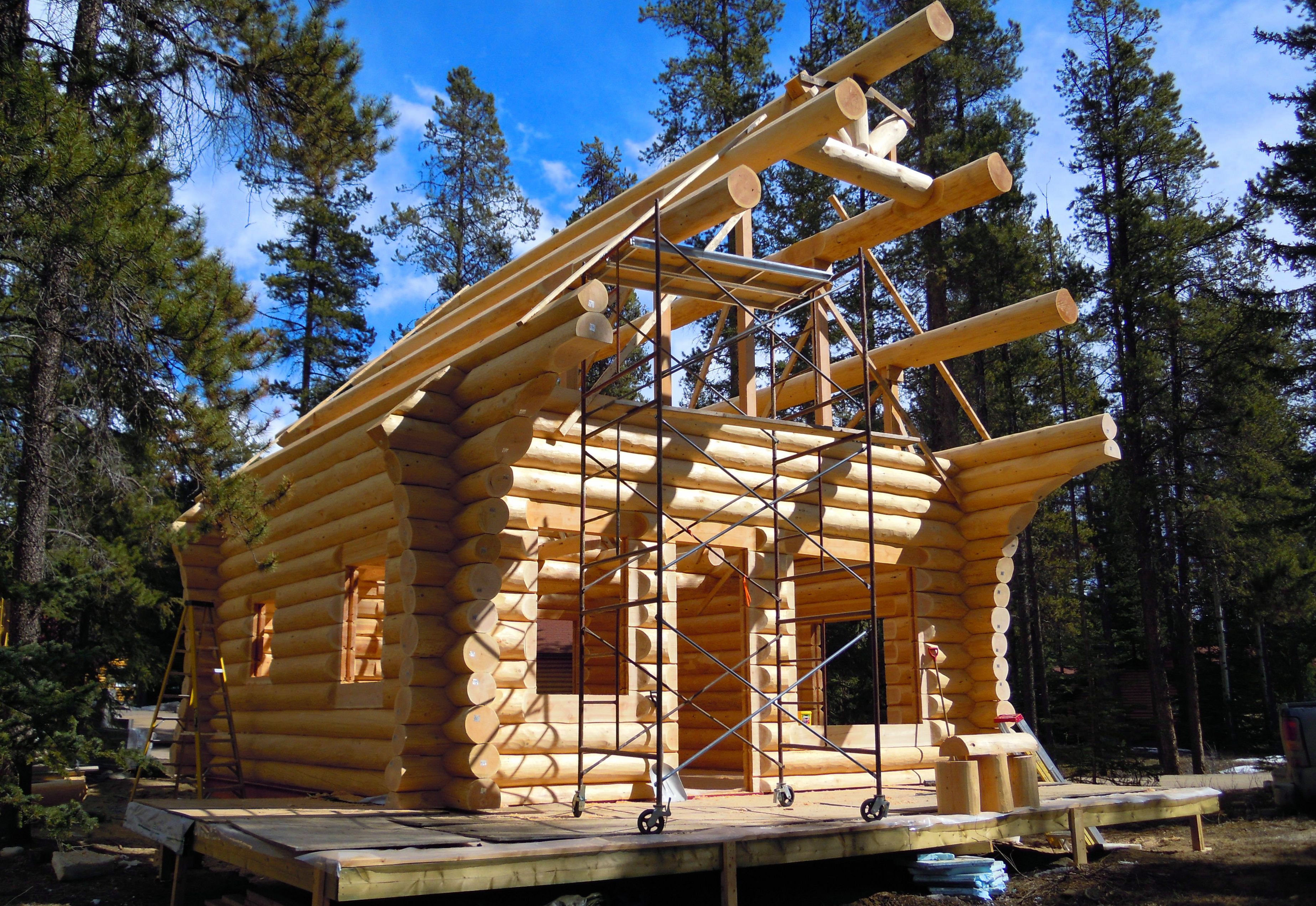Nestled amidst towering trees and embracing the essence of rustic charm, log cabins have captivated our imaginations and stood as a testament to the artistry of log home builders. With their unique construction and timeless appeal, these beautiful structures blend seamlessly into natural landscapes, evoking a sense of tranquility and heritage. From the humble beginnings of hewn logs to the meticulous craftsmanship employed in every detail, the art of building log cabins has endured throughout generations, weaving together tradition and innovation to create homes that hold a special place in our hearts. Let’s embark on a journey to unravel the secrets behind these architectural marvels and discover the skill and dedication required to bring log cabins to life.
Traditional Techniques and Materials
Log home builders have been using traditional techniques and materials for centuries to create these timeless structures. Craftsmen from generations past have passed down their knowledge and expertise, allowing us to appreciate the artistry and craftsmanship behind log cabins.
One key element in the construction of log cabins is the careful selection of logs. Builders look for logs that are straight and free of knots, as these qualities ensure structural integrity and aesthetic appeal. Once the logs are chosen, they are stripped of bark and treated to prevent decay and insect infestations.
Craftsmen also employ various techniques to join the logs together. Notches, also known as dovetails, are cut into the ends of the logs to create interlocking joints. These notches fit snugly together, providing stability and strength to the overall structure. Additionally, chinking, a traditional method using a mixture of clay, straw, and other natural materials, is used to fill the gaps between logs, creating a weatherproof seal.
When it comes to roofs, log home builders often opt for durable materials such as wooden shingles or metal. These materials blend seamlessly with the natural aesthetic of the cabin while providing protection against the elements. Roofing techniques may vary depending on the region, climate, and specific design choices, further showcasing the adaptability and versatility of log home construction.
In summary, log home builders employ traditional techniques and carefully select materials to construct these remarkable structures. The artistry and craftsmanship involved in creating log cabins is a testament to the enduring beauty and functionality of these timeless homes.
Designing and Planning Log Cabins
Log cabins are iconic structures that evoke feelings of warmth and nostalgia. Building a log cabin requires careful planning and attention to detail. In this section, we will explore the crucial elements involved in designing and planning log cabins.
- Choosing the Perfect Location
The first step in creating a log cabin is selecting the ideal location. Factors such as the terrain, sunlight exposure, and nearby amenities all play a significant role in determining the overall appeal of the cabin. A picturesque view and a serene environment often top the list for prospective log cabin owners. Careful consideration should also be given to the orientation and accessibility of the chosen location.
- Structural Design and Layout
Garden Log Cabins Scotland
The design of a log cabin not only affects its aesthetic appeal but also its functionality. Determining the desired number of rooms, their sizes, and the overall layout is crucial during the planning phase. Each room’s purpose should be taken into account, ensuring that the design caters to the specific needs and preferences of the cabin’s occupants. The architectural style should also align with the desired ambiance, whether it be a rustic, traditional, or modern design.
- Materials and Log Selection

Selecting the appropriate logs and materials is essential for ensuring a sturdy and durable log cabin. Different types of logs, such as cedar, pine, or spruce, possess unique characteristics that impact the cabin’s appearance and longevity. The logs must be properly dried and treated to prevent rotting and insect infestation. It is also crucial to source materials that meet building codes and regulations, guaranteeing the safety and structural integrity of the log cabin.
Designing and planning a log cabin can be an exciting and fulfilling process. By carefully considering the location, designing a functional layout, and selecting the right materials, you can create a log cabin that combines the beauty of nature with the comfort of a well-designed home.
Construction Process and Considerations
The construction process of log cabins involves a careful and intricate approach to bring these beautiful structures to life. Log home builders play a crucial role in ensuring the craftsmanship and quality of these cabins. From selecting the right logs to the final touches, every step requires attention to detail and expertise.
One important consideration in the construction of log cabins is the selection of suitable logs. Log home builders often prioritize using logs that are properly seasoned and free from major cracks or defects. This ensures structural stability and longevity. Additionally, the type of wood used can vary depending on the desired aesthetics and climate conditions of the location.
The construction process typically starts with laying the foundation and building the base structure. This involves creating a sturdy and level foundation, which is essential for the stability of the log cabin. Once the foundation is in place, the log home builders carefully stack the logs, creating interlocking corners to provide structural integrity. Throughout the process, precise measurements and calculations are made to ensure a snug fit between the logs.
Roof construction is another crucial phase in building log cabins. Log home builders carefully design and construct the roof to provide adequate protection against weather elements. The choice of roofing materials, such as shingles or metal sheets, can vary depending on the desired style and durability.
In conclusion, the construction process of log cabins requires meticulous planning, skilled craftsmanship, and attention to detail. Log home builders use their expertise to select the right logs, create solid foundations, and construct roofs that ensure the longevity and beauty of these unique structures. The art of building log cabins is a testament to the enduring allure and timeless charm of these rustic homes.
